This site contains affiliate links to products, and we may receive a commission for purchases made through these links.
Virtual reality in education is becoming an increasingly popular topic. It’s no surprise, considering the immersive and engaging experiences it can offer to students of all ages.
Virtual reality has been used for a variety of educational purposes – from interactive lessons to simulations that bring history alive. But what are some of the benefits, challenges, and potential applications?
In this blog post, we’ll explore virtual reality in education, looking at examples, its advantages as well as any difficulties associated with it – so you can get up-to-speed on one of today’s hottest topics!
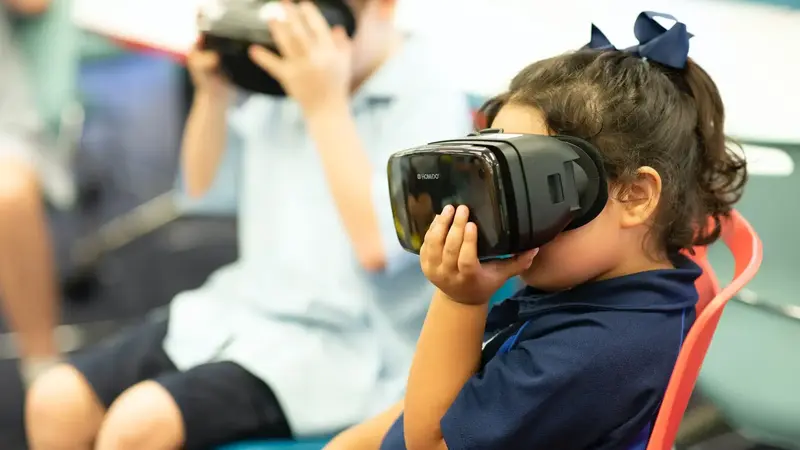
What is Virtual Reality?
Virtual reality (VR) is a simulated experience that can be similar to or completely different from the real world. It uses technology to create an immersive, computer-generated environment where users can interact with objects and other people in a seemingly real way.
VR has been around for decades but has recently become more accessible due to advances in technology such as headsets, controllers, and software development kits.
These tools allow developers to create interactive experiences that are both engaging and realistic.
Types of VR
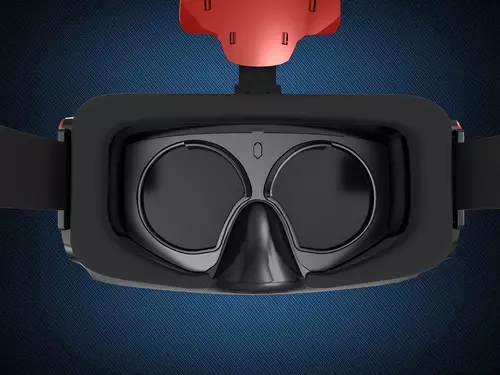
The most common type of VR is head-mounted displays (HMDs). HMDs use two small screens placed close together, so each eye sees a slightly different image which creates depth perception when viewed through the headset. Examples of headsets are Meta Quest 2, HTC Vive, Meta Quest Pro, etc.
This allows users to move their heads freely within the virtual space while still seeing what’s happening around them.
Other types of VR include;
- room scale systems that track movement throughout an entire room
- haptic feedback devices which provide tactile sensations like vibrations or pressure on your skin
- augmented reality (AR) which overlays digital images onto physical environments.
- combination of AR and VR are also known as mixed reality
No matter what type of device you use, all forms of VR require powerful computers capable of rendering 3D graphics quickly enough for smooth motion tracking without lag or stuttering.
The combination of hardware and software helps students explore new worlds right from their own homes or even take part in exciting adventures they could never have imagined before.
Virtual reality is an immersive experience that can be used to explore and interact with a virtual world, providing users with a unique way to learn and engage.
By understanding the benefits of using VR in education, we can better equip ourselves for success in this rapidly evolving field.
!! For more information about the different VR headsets on the market, check out this product specification list.
Benefits of VR in Education
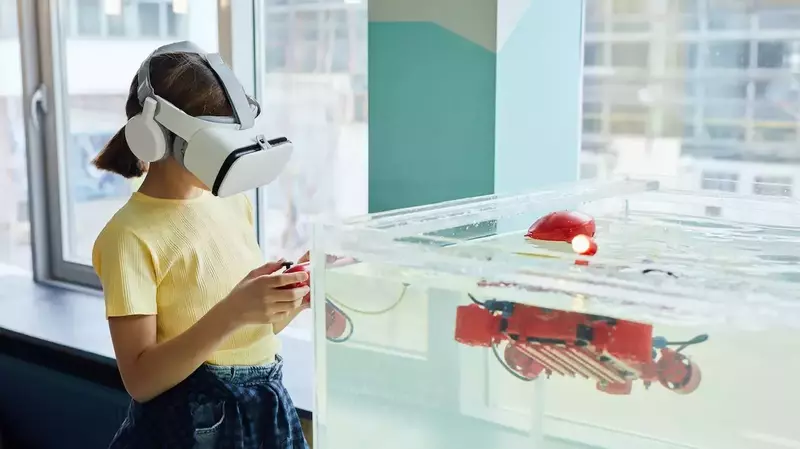
Virtual reality (VR) has become an increasingly popular tool in the educational setting. VR provides students with immersive experiences that allow them to explore and interact with 3D environments, which can lead to improved engagement and enhanced learning experiences.
Improved Engagement Levels Among Learners
One of the main benefits of using virtual reality in education is its ability to engage students more deeply than traditional methods.
By immersing students in augmented and virtual reality, they are able to experience concepts firsthand rather than just reading about them or watching videos.
This helps foster a deeper understanding of complex topics as well as provides an entertaining way for students to learn new material. Teachers and schools can direct the curriculum by adjusting the virtual content to the lesson plan and subject.
READ MORE! Is It OK To Play VR Every Day? (Solved!)
Increased Collaboration between Teachers and Students
Another advantage of using VR in education is that it allows for increased collaboration between teachers and students.
For example, teachers can use VR tools such as Google Expeditions or ClassVR to take their classes on virtual field trips around the world without ever leaving the classroom.
Students can also work together on projects within a shared virtual space, allowing them to collaborate more effectively while still being physically separated from one another.
Unique Opportunities for Experiential Learning via Simulated Scenarios
Finally, VR offers unique opportunities for experiential learning by allowing users to virtually simulate real-world scenarios and situations before attempting them in person.
For instance, medical schools have begun incorporating simulations into their curriculums so that future doctors can practice performing surgeries without having access to actual patients yet. This is something that would not be possible without the use of VR technology and VR education!
Similarly, pilots can now train on realistic flight simulators instead of relying solely on textbooks and lectures for instruction. Immersive VR will help students prior to taking off into real skies later down the line.
The use of virtual reality in education has numerous benefits, from allowing students to explore new environments and concepts to providing immersive learning experiences. Next, we will look at some examples of how VR is being used in educational settings.
Examples of VR in Education
VR can be used to teach topics from history, science, language arts, and more.
Virtual Field Trips
One example of how VR is being used in educational settings is through virtual field trips.
Virtual field trips allow students to visit places they may never have been able to go before due to financial or geographical limitations.
Students can take a tour of ancient Rome or explore the depths of the ocean without ever leaving their classroom. This type of immersive learning helps engage students and makes them more interested in what they’re learning about.
Simulations and interactive experiences
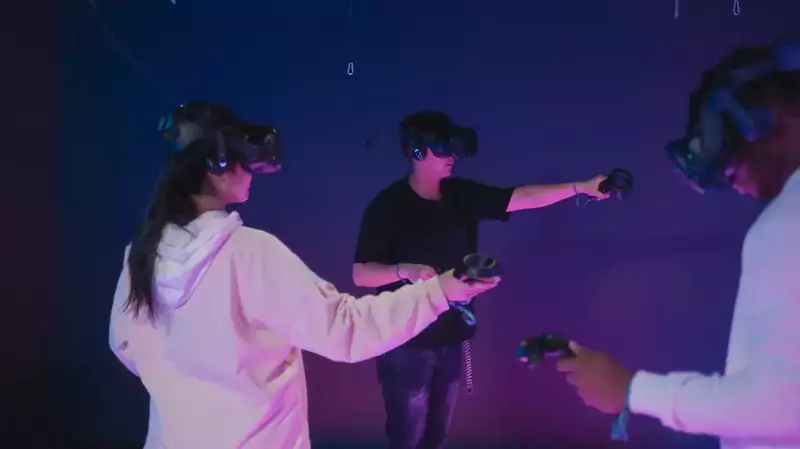
Another way that VR is being used in education is through simulations and interactive experiences.
For example, medical schools are using VR simulations to help train future doctors on how to perform certain procedures such as surgery or diagnosing illnesses without putting patients at risk.
Additionally, teachers can use simulations to demonstrate complex concepts like physics or chemistry by allowing students to interact with 3D models of molecules or planets instead of just looking at pictures on a page.
Finally, many schools are also using virtual reality headsets as an alternative form of assessment for their students instead of traditional tests and quizzes.
By having students complete educational content within an immersive classroom, teachers can get an accurate understanding of each student’s level of comprehension while also making it fun for them at the same time!
Overall, there are many different ways that educators can use virtual reality technology as a teaching tool in their classrooms today. From taking virtual field trips around the world to creating interactive simulations. All while helping students learn more engaging and enjoyable for everyone involved.
VR in education has the potential to revolutionize how we learn in both colleges and universities as well as primary schools. And by exploring some of the successful examples out there, we can begin to understand what works and what doesn’t.
Next, let’s look at some of the challenges that come with using VR in educational settings.
Challenges with VR in Education
It offers a unique way to engage students and provide them with immersive learning experiences that can help them better understand complex concepts.
However, there are several challenges associated with using VR in education, such as cost, access, and safety concerns.
Cost:
The cost of purchasing VR equipment is often prohibitive for many schools and universities. Headsets alone can range from hundreds to thousands of dollars depending on the quality and features offered by each device.
Additionally, some headsets require powerful computers or gaming consoles to run properly which adds even more expense for educators looking to use VR in the classroom.
Access:
In addition to cost issues, access is also a major challenge when it comes to implementing VR technology in educational use.
Many rural areas may not have reliable internet connections or enough bandwidth needed for streaming content. The education sector needs content from online sources like YouTube or other platforms that offer 360-degree videos and interactive experiences designed specifically for virtual reality devices.
This lack of access limits the potential reach of these technologies within certain regions around the world. Especially where they could be extremely beneficial if available at lower costs or without needing an internet connection altogether.
Safety Concerns:
Finally, there are safety concerns related to using virtual reality in educational settings due to its immersive nature.
Virtual environments could lead some students to feel overwhelmed or disoriented (motion sickness) after extended periods of time spent inside a headset environment.
To ensure student safety while using VR devices, teachers should always monitor their classes closely and provide clear instructions about how long each session should last before taking breaks.
This is important so everyone can reset mentally before continuing again.
There is also concern about how much screen time is appropriate for children when using these devices since prolonged exposure can cause eye strain and headaches if used improperly.
To cope with the safety concerns, it could be implemented teacher training or even certification to allow teachers to use virtual reality tools.
Overall, despite its potential benefits, introducing virtual reality in the classroom presents several challenges including high costs, limited access, and safety considerations.
Educators must carefully weigh all these factors when deciding whether this type of immersive technology is right for their particular institution’s needs.
Although there are many challenges with using VR in education, it is important to recognize the potential benefits that virtual reality can bring to the classroom.
Moving forward, we will explore how VR can be used to enhance educational experiences and create a more immersive learning environment in the future.
The Future of VR in Education
Virtual reality (VR) has the potential to revolutionize education by providing immersive learning experiences that are more engaging than traditional methods. With VR, students can explore virtual worlds and gain hands-on experience with concepts they may not be able to access in a physical classroom.
Create Virtual Reality Simulations
One of the most exciting aspects of VR is its ability to create simulations for students to interact with.
For example, medical students can use VR headsets to practice surgical procedures or diagnose patients without having any real-world experience.
Similarly, engineering students could use VR technology to build bridges and other structures before actually constructing them in the real world.
In addition, teachers can use virtual reality as an educational tool by creating interactive lessons that engage their students on a deeper level than traditional lectures or textbooks do.
For instance, history classes could take field trips through time using 360-degree videos or 3D models of ancient cities. Science classes could simulate experiments that would otherwise be too dangerous or expensive for schools to conduct in person.
Future of education
Many educators believe that virtual reality will become increasingly important in classrooms over the next few years as technology continues to advance rapidly.
With more affordable options becoming available along with new content tailored specifically towards educational needs, it is likely we will see even greater adoption rates among teachers. Schools want their students to have access to cutting-edge tools for learning no matter where they are located geographically.
And hopefully can augmented reality and virtual reality be educational technologies that improve students learning outcomes in the future!
FAQs in Relation to What Is Virtual Reality in Education
How virtual reality can be used in education?
It can be used to create immersive learning experiences that are engaging and interactive, allowing students to explore virtual worlds in ways not possible with traditional methods. VR also allows for more personalized instruction, as teachers can tailor lessons based on individual student needs and interests.
Additionally, it provides a safe environment for experimentation and risk-taking without real-world consequences. With its ability to bridge the gap between theory and practice, VR is an invaluable tool for educators looking to bring their classrooms into the 21st century.
What are great examples of virtual reality in education?
Virtual reality in education is a rapidly growing field, with many innovative applications. For example, VR can be used to create immersive simulations of real-world scenarios for students to explore and learn from.
Additionally, virtual reality can be used to teach complex concepts by providing interactive visualizations that are easier to understand than traditional methods.
Finally, VR can also be used as an effective tool for teaching foreign languages through immersive language learning experiences. All these examples demonstrate the potential of virtual reality in education and its ability to engage learners in exciting new ways.
What is virtual reality in simple words?
Virtual reality (VR) is a computer-generated simulation of an environment or situation that allows users to interact with it in a realistic way. It typically involves wearing a headset and using controllers or other devices to navigate the virtual world.
VR can be used for entertainment, educational, medical, and industrial purposes. By immersing users in an interactive 3D environment, VR has the potential to provide experiences that are more engaging than traditional media such as television and movies.
What are the benefits of virtual reality for education?
VR can be used to create realistic simulations that allow students to explore complex concepts in a safe environment, without risk of harm or failure. It also allows for personalized instruction, as each student can interact with the virtual world at their own pace and level of understanding.
Additionally, VR offers a unique opportunity for collaboration between students and teachers in remote locations, allowing them to share ideas and experiences more easily than ever before. With its vast potential, virtual reality is sure to become an invaluable tool in modern education.
Conclusion
Virtual reality in education has the potential to revolutionize how we learn and interact with educational materials. It offers a unique way of engaging students, allowing them to explore different worlds, engage with complex concepts, and gain hands-on experience that would otherwise be impossible.
While there are still challenges to overcome when it comes to virtual reality in education, its future looks bright as more schools begin incorporating VR into their curriculum. With the right tools and support from educators, virtual reality can become an invaluable tool for teaching students of all ages.
It’s time for us all – teachers, parents, administrators, and policymakers alike – to embrace this technology so our children can benefit from its incredible potential!

Espen
Espen is the Director of PursuitMeta and has written extensively about Virtual Reality and VR Headsets for years. He is a consumer product expert and has personally tested VR Headsets for the last decade.

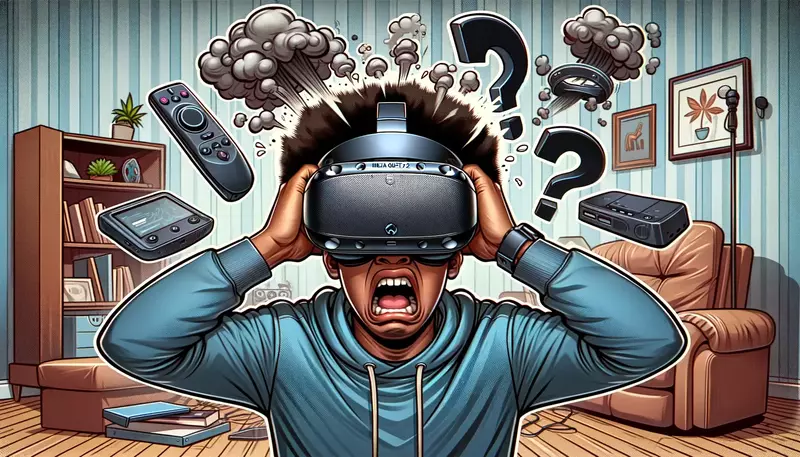
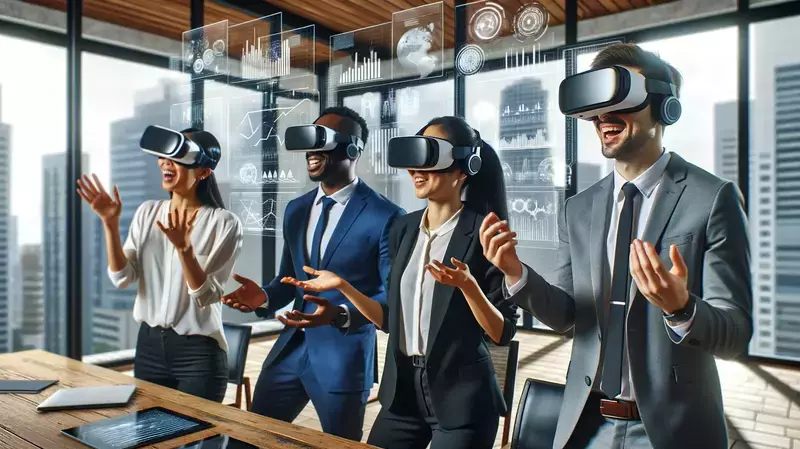
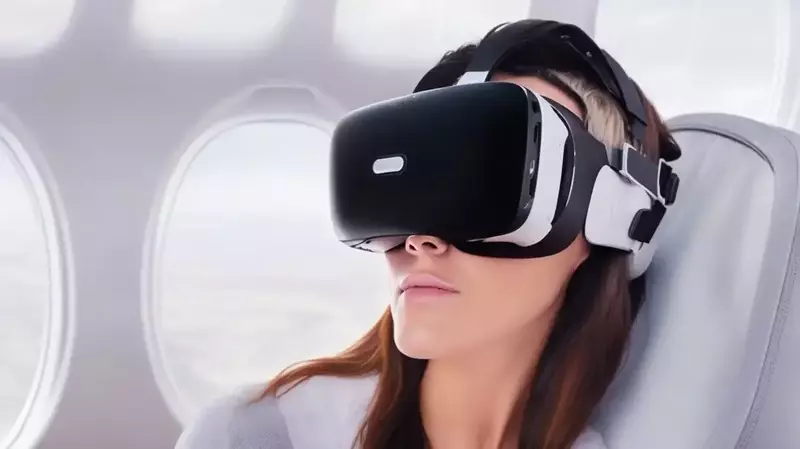
Leave a Reply